According to Clean Tehnica, Oleksandr Riepkin said that the green hydrogen plan was in the works before the Russian invasion, as a way for Ukraine to supply the fuel to European countries.
He stated that "Ukraine has everything needed to become a successful European player in the hydrogen market – and an important supplier of energy to the EU."
The plan made by the authorities involves that solar power will be used in order to ensure the electrolysis process, which separates hydrogen from water, with wind energy being another source of electricity in the works.
“The cities of Zaporizhzhia, Mykolayiv, Odesa and Kherson all get as much or more sunshine than central Italy. Thanks to these regions alone, Ukraine would be able to provide enough green hydrogen for both domestic needs and the needs of Europe", Riepkin added.
Experts already did preliminary studies that show the potential of such projects in the country.
"Potential evaluation studies have been carried out, and we can already say with certainty that the Odesa region could generate up to 3 GW of green hydrogen. The ‘Danub; project, which was planned before the war, will build several hydrogen production facilities for export to the EU in Lviv and in Odesa", the official said.
A green hydrogen roadmap presented last year also said that "the development of renewable hydrogen projects could present a significant investment opportunity in Ukraine. Not only does Ukraine enjoy some of the most abundant renewable resources in Europe, but it also is the country that is most in need of new and clean forms of energy to support economic development."
 Mihai - Cristian Ioniță
Mihai - Cristian Ioniță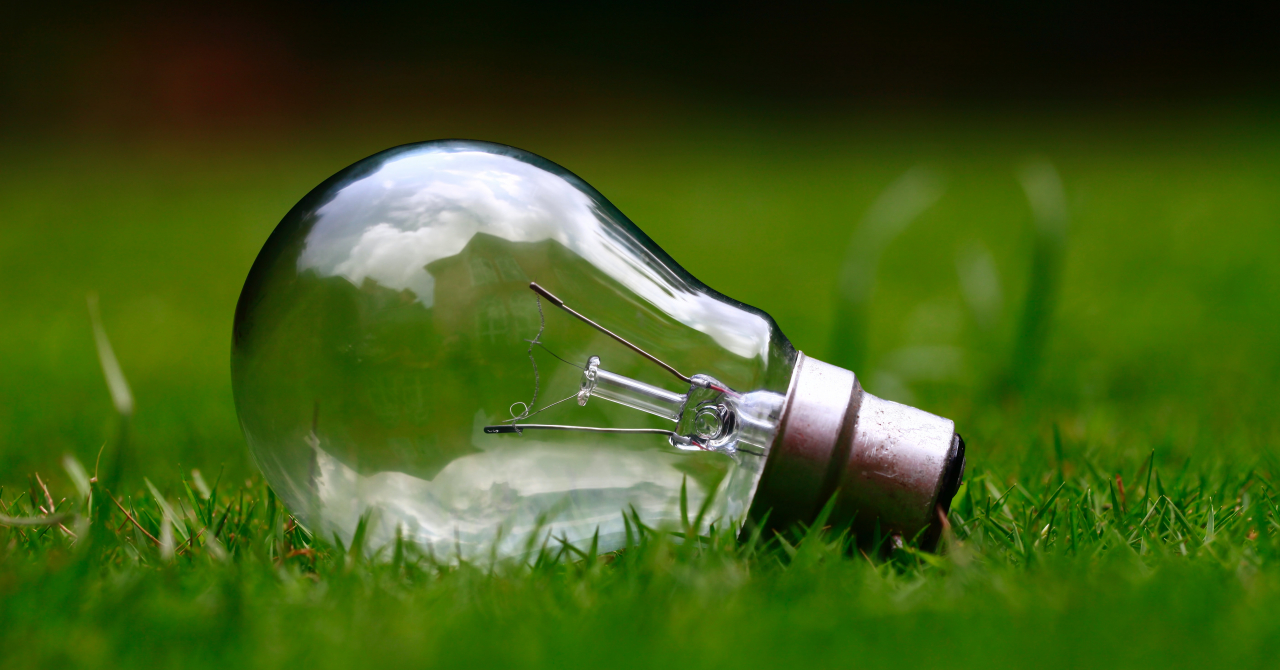




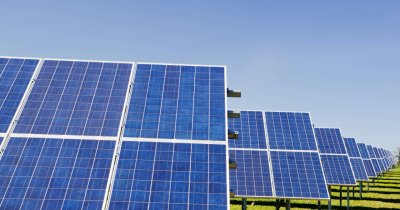
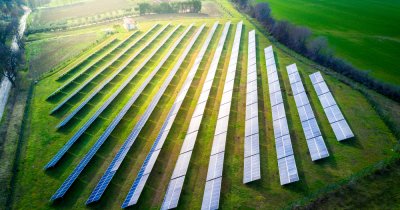
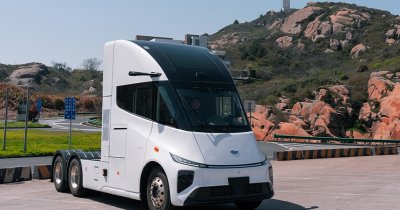



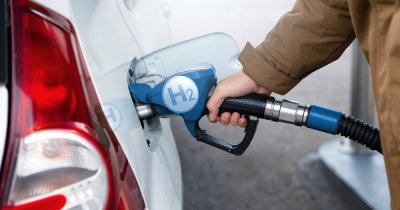

Any thoughts?